Standard


Sloughi Coat Colors
According to the FCI
standard (Morocco)
by Dr.
Dominique de Caprona
© de Caprona
2009
All photographs copyrighted to their
photographers. Please do not use for any purpose
without asking.
If you
confuse the North African Sloughi with the
Middle-Eastern Saluki
please
compare the Sloughi colors here with the Saluki
colors there
In the past
The North
African Sloughi is still found today in the coat
colors known from the past. To know more about these
pictures, please consult The
Sloughi 1852-1952.
At the time
the correct ear set of the Sloughi was folded back.
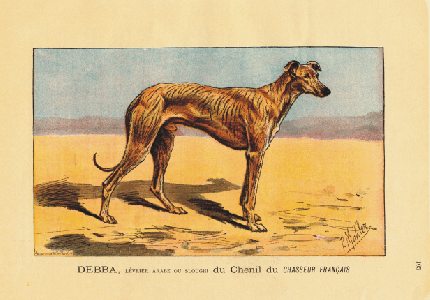 
Left: red
brindle"Debba" by Mahler, of "Le Chasseur Français"
kennels,1896~ Right: Black mantle Sloughi, "A
hare hunt in Algeria" after Couverchel,1860
© de
Caprona
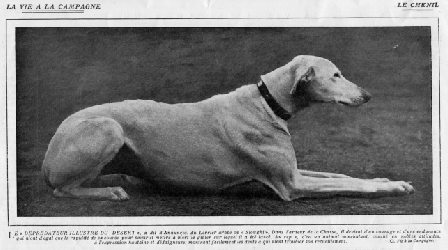 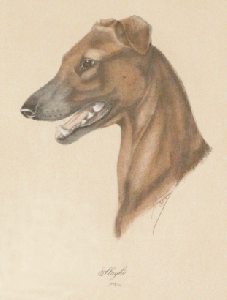 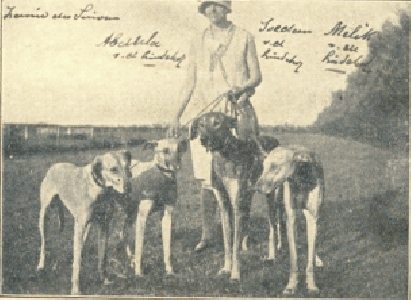
Sand
Sloughi from Tunisia 1910 ~ red black masked
Sloughi by Reggio 1920s © de Caprona
Dutch
Sloughis v.d.Lindenhof sand black mask, 3rd
Sloughi from left with overlay 1920-30s courtesy
Els Siebel
The main colors
All
variations from pale sand (fawn) to red fawn. The
solid white, a color not recognized by the FCI, is
often confused with the pale sand. No parti color. No
extensive white markings.
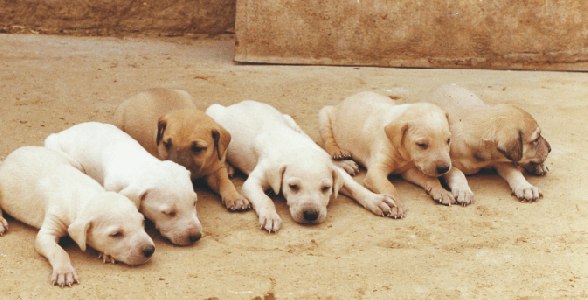
Sloughi
puppies of the same litter showing variation from
red fawn to very pale sand
with or
without black mask, Tunisia © de Caprona 1999
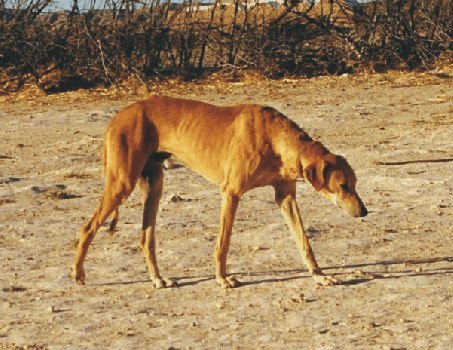 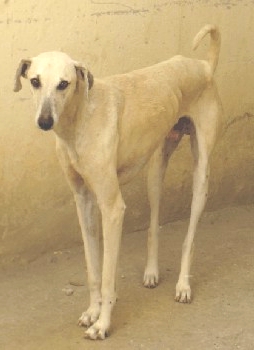 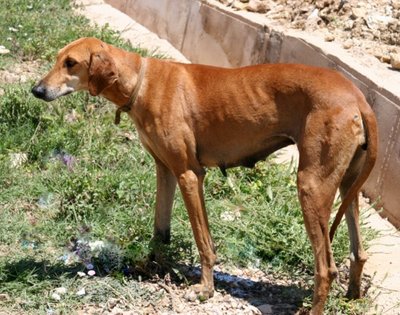
Left: red
fawn, Tunisia © de Caprona 1999 ~ Center: sand
faint mask, Morocco © de Caprona 2008 ~ Right: red
fawn faint mask, Algeria © Mangelsdorf 2010
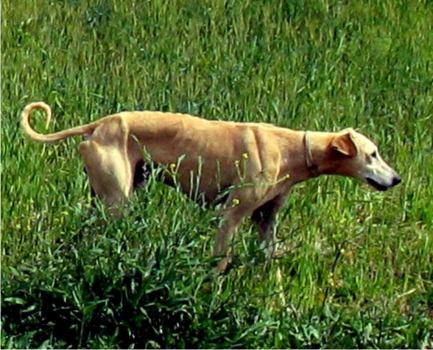
Golden
sand, Algeria © Mangelsdorf 2010

Variation
from pale sand to red fawn in young bitches,
Moussem Marrakech, Morocco © de Caprona 2008
The black markings
The black
markings are the black mantle, the brindling and the
black mask.
Genetically,
the
black mantle, the brindling and the black mask
are inherited independently
of each other and are found on all the
Sloughi coat colors ranging from very pale sand
to red fawn. They can occur together or
separatly or be absent altogether.
The
dilutes of black, chocolate or blue (whether
mantle or brindling), although they exist, are not
accepted by the FCI standard.
Black
Mantle
The black
mantle is inherited recessively.
This means
that if both parents are black mantle, all the pups
are black mantle
If one
parent is black mantle and the other parent has a
different color but is carrier for black mantle,
some pups will be black mantle
If one
parent is black mantle and the other parent has a
different color and does not carry the gene for
black mantle, no puppies will be black mantle, but
all would be carrier for black mantle
Dark
overlay is a weak expression of the black
mantle and is found in Sloughi with black mantle
ancestry.
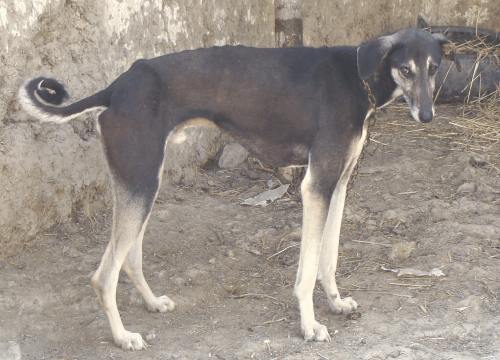 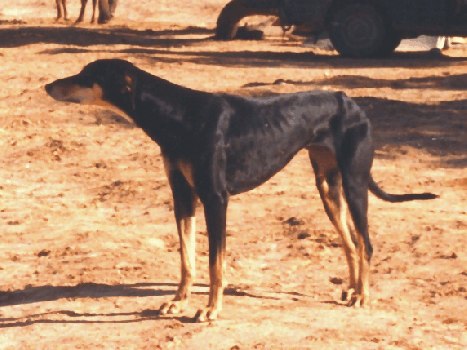
Left:
pale sand black mantle black mask, Morocco
© de Caprona 2008 ~ Right: sand black
mantle, Tunisia © Biebach
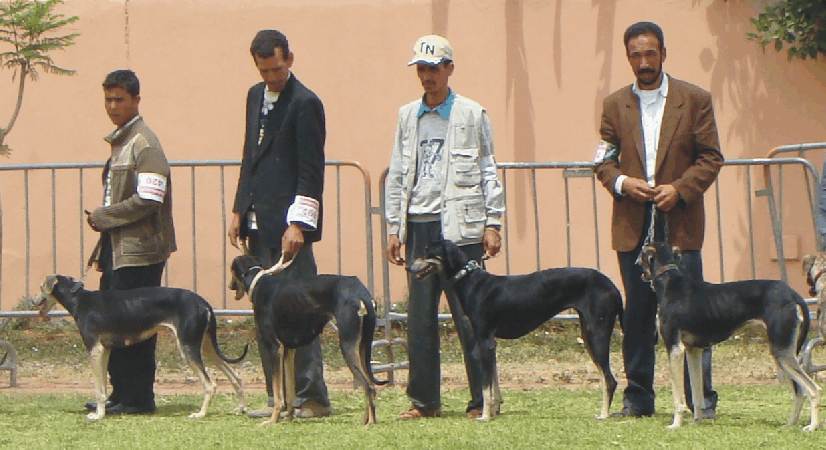
Various
extent of the black mantle in adult bitches,
from reaching the elbow to reaching the
hindfeet, Moussem Marrakech, Morocco
Note
the second bitch from the left who is red fawn
with black mantle © de Caprona 2008
Occasionally
Sloughis
show the reverse of a black mantle, being dark
underneath in areas where a black mantle would
have fawn markings. Since this pattern is not
passed on directly to the progeny, it seems that
it must be inherited recessively.
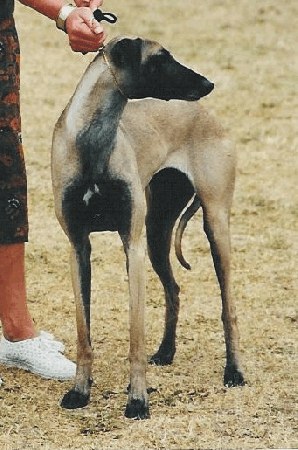
©
Näslund
Dark
Overlay
The dark
overlay is found on solid coats and brindle coats
and varies in its density - it also tends to fade
with age. Typically, the top of the tail is covered
with black hair.
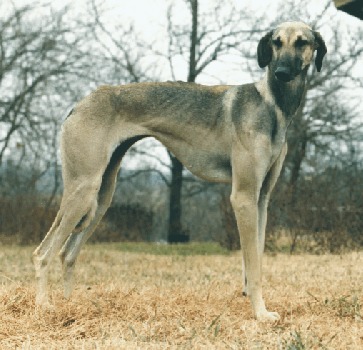 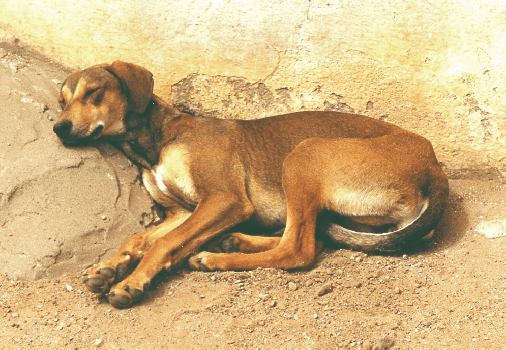 
Left: overlay on sand black mask © de
Caprona ~ Center: overlay on red
fawn, Sloughi puppy, Tunisia © de Caprona
1999 ~
Right:
overlay on sand, Tunisia © Wissem Nacef
2015
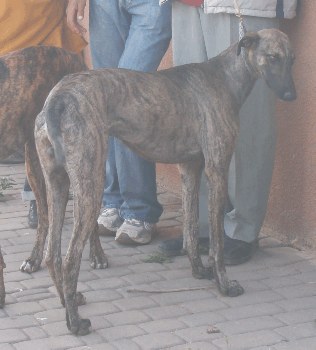 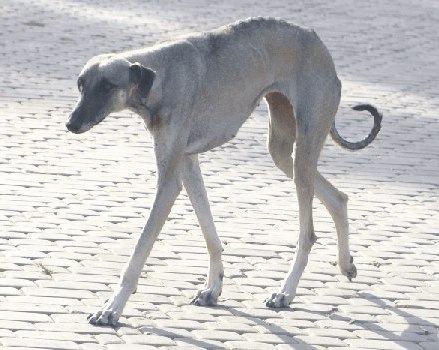
Left:
overlay on sand brindle black mask, Morocco © de
Caprona 2008 ~ Right: overlay on pale sand black
mask, Morocco © de Caprona 2008
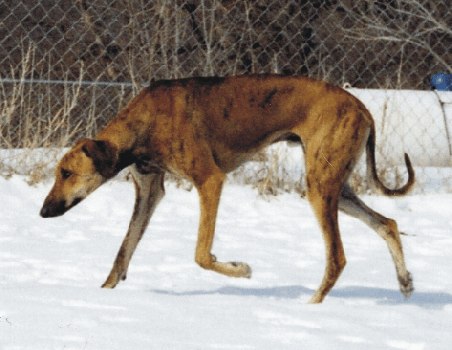
Faint
red brindle with overlay and black mask © de
Caprona
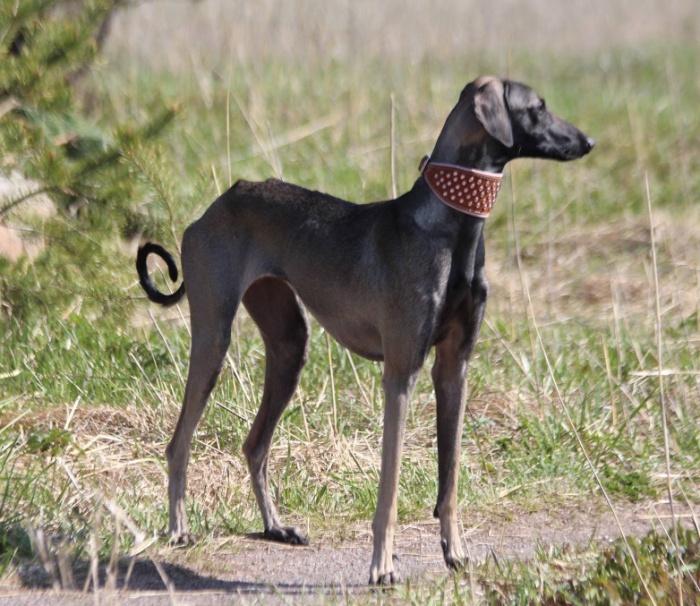 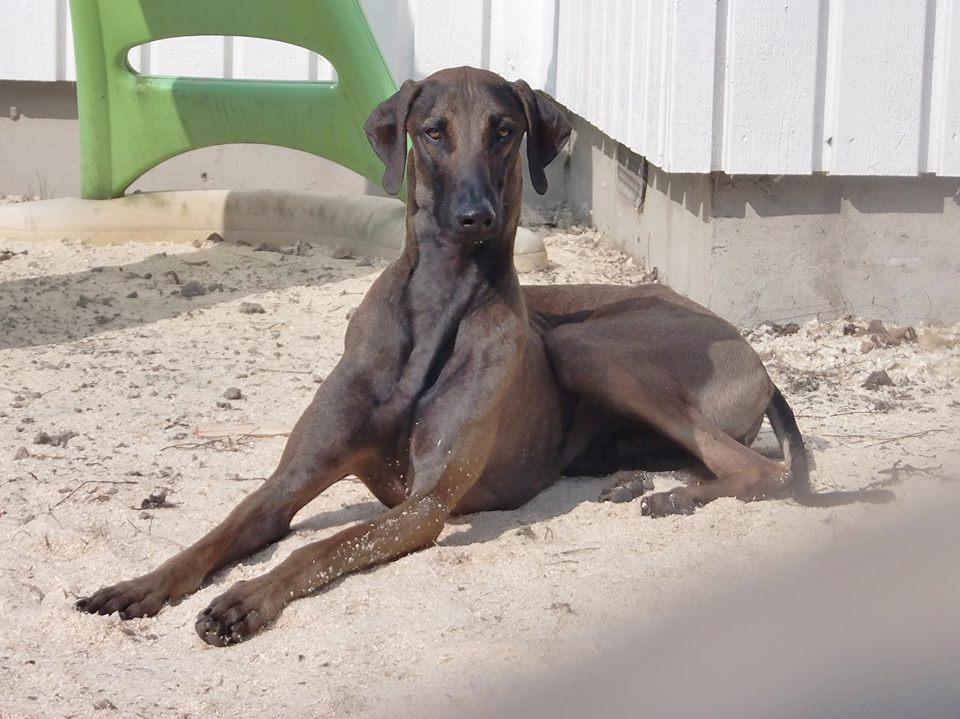
Sand with overlay and
black mask © Pia Chaouki
~ Red fawn with overlay and black
mask © Satu Lukkarila
Brindling
The genetic
inheritance of brindling is complicated and is not
fully understood but the current view is that it is
dominant to fawn but recessive to solid dominant
black. One parent needs to be brindle to have
brindle puppies. However dogs with dysfunctional
melanocortin 1 receptor (they cannot have black
hair, no black mask for example), could be hidden
brindles and pass on the brindling to their pups.
The brindling varies from very faint to very tight,
and it is not yet fully understood what influences
the density of brindle stripes.
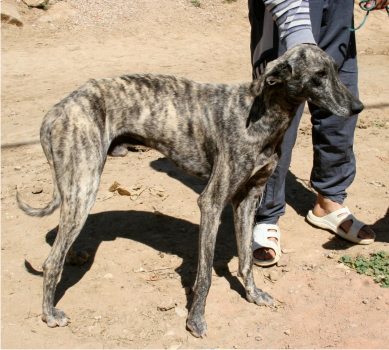 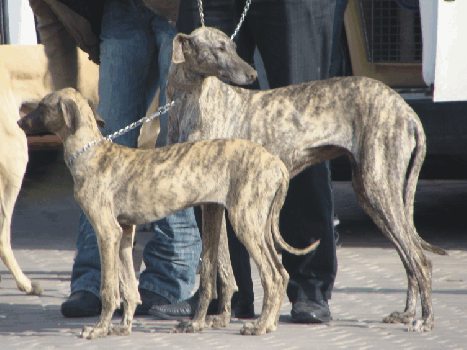
Left:
sand brindle black mask, Algeria, © Mangelsdorf
2010 ~ Right: sand brindle black mask, Morocco ©
de Caprona 2008
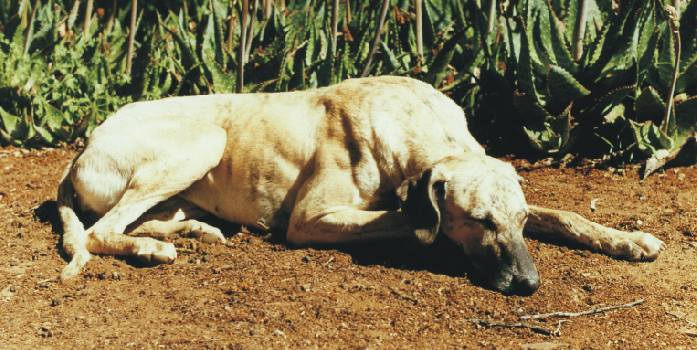 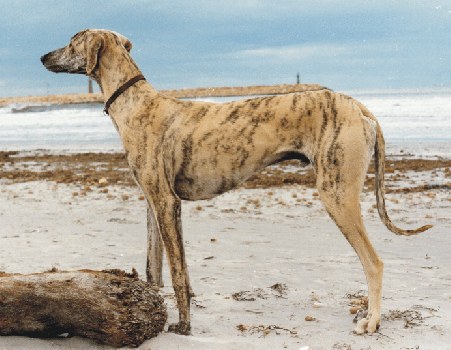
Left:faint
brindling
on
sand with black mask, Tunisia © de Caprona 1999
~ Right: reddish sand brindle faint mask,
Tunisia © Biebach
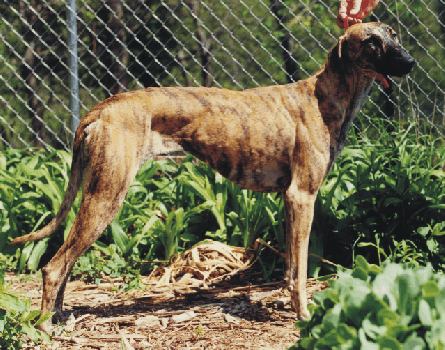 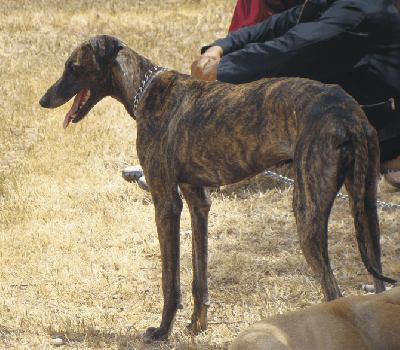
Left:
red brindle from Algeria © de Caprona 1999 ~
Right: tight brindling on red fawn with black
mask, Morocco © de Caprona 2008
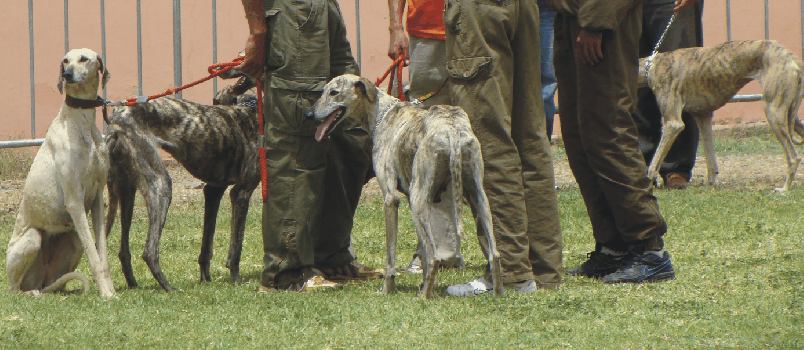
Variations
of the brindling, Morocco © de Caprona 2008
Black
Mask
The black
mask is inherited dominantly, which means one parent
needs to have a black mask to pass it on to its
offspring.
Sloughis
can have or not have a black mask.
The black
mask is found on all the coat colors of the Sloughi,
from pale sand to red fawn with or without black
mantle or brindle.
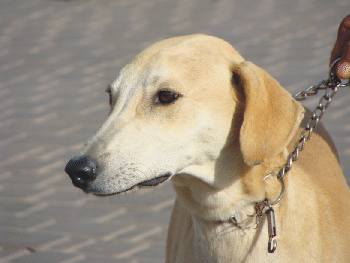 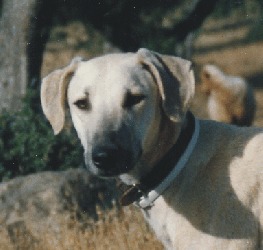 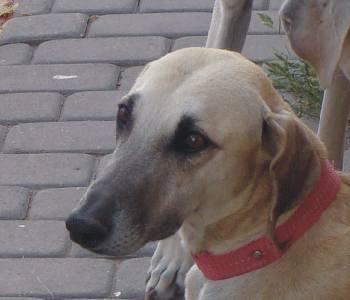
From
hardly any black pigment on the muzzle to a
black mask reaching the eyes.
Left
and right: Morocco © de Caprona 2008; Center:
Tunisia © Biebach
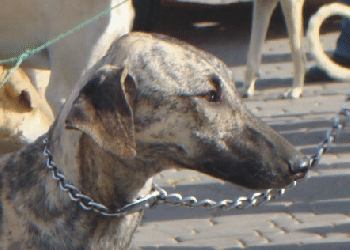 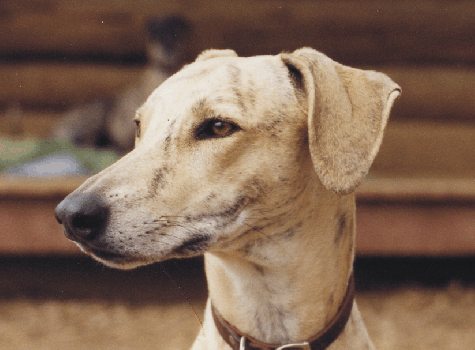
Left:
sand brindle with black mask, Morocco © de
Caprona 2008 ~ Right: sand brindle no mask,
Tunisia © de Caprona 1999
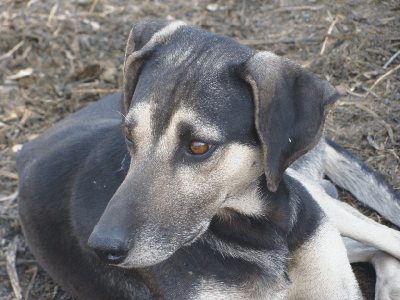 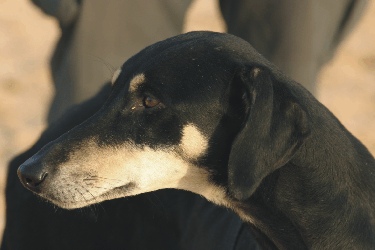
Left:
sand black mantle with black mask, Morocco © de
Caprona 2008 ~ Right: black mantle no
black mask, Tunisia © G.Schwartz
An example
of a Sloughi with all black markings, black mantle,
brindling, black mask combined on sand.
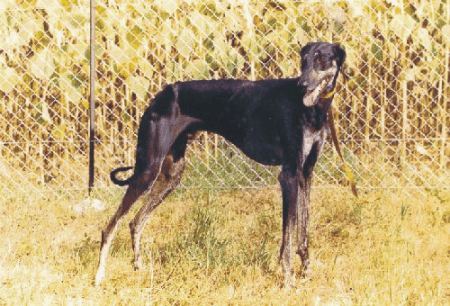
courtesy
Elyse Rhode Goudineau
Coat colors no
longer accepted by the FCI after Morocco took
over the standard in 1973
White, dilute blue and liver
A Sloughi can have a blue mask instead of a black
mask, blue brindle markings or a blue mantle
A Sloughi can also have a liver mask instead of a
black mask, brindle markings or a liver mantle.

White Tunisian Sloughia. Courtesy William Guerbi
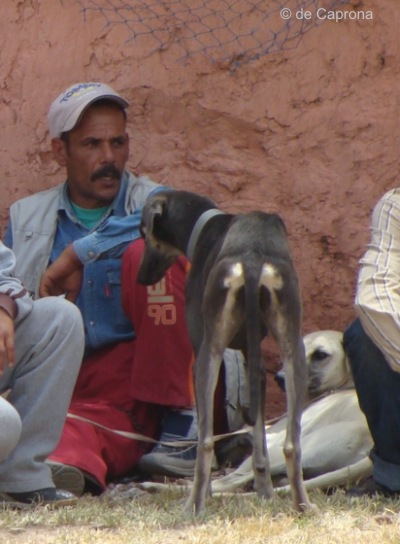 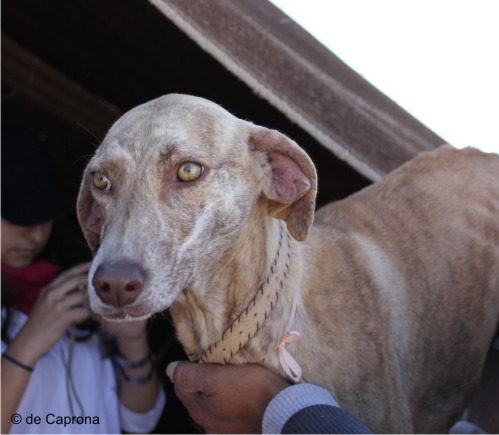 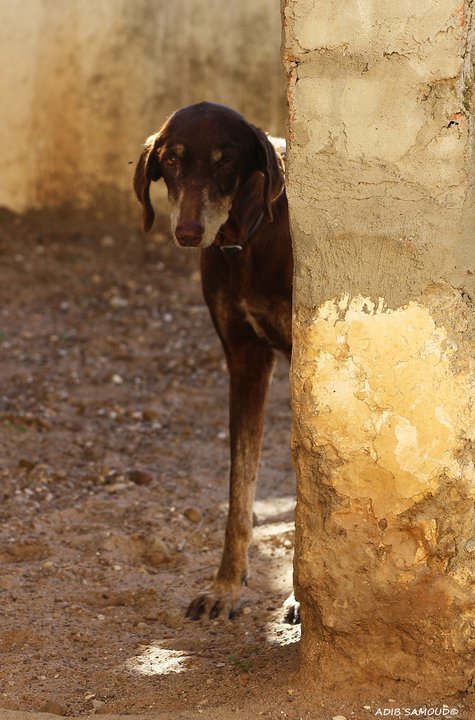
Blue mantle, Marrakech, Morocco 2008 ©
de Caprona
~ Liver brindle Douz,
Tunisia 2011 ©
de Caprona
~ Liver mantle,
Ghardimaou, Tunisia, 2010 ©
Adib Samoud
|





